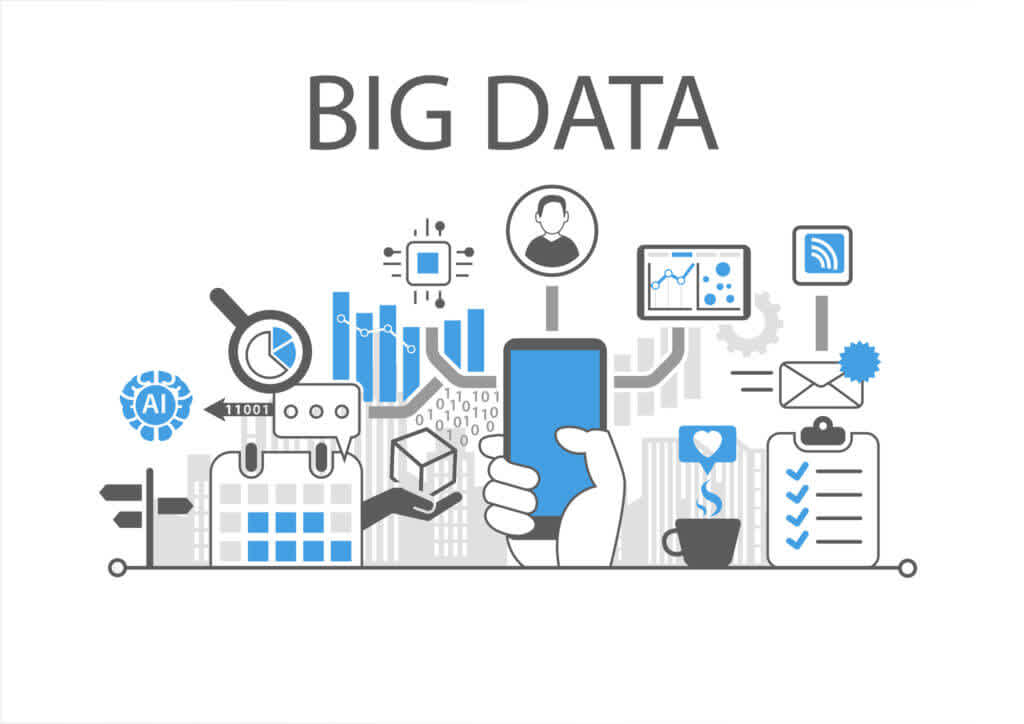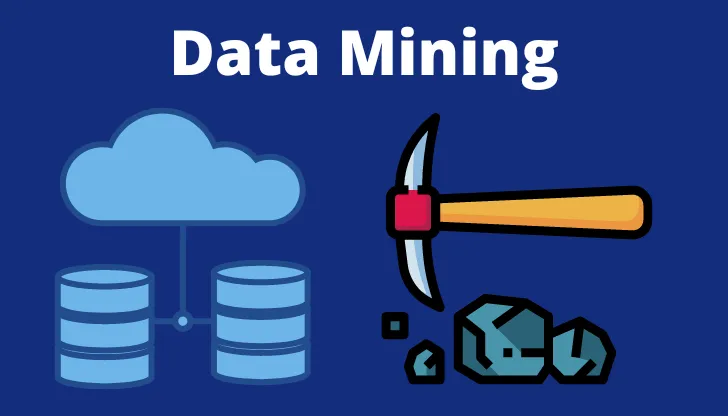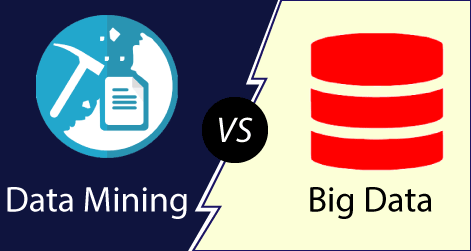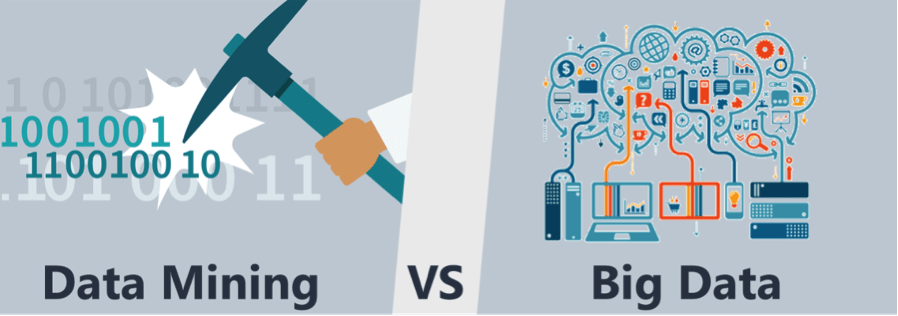Big data and data mining are two different concepts, big data refers to a large amount of data, while data mining refers to going deep into the data and extracting key knowledge/patterns/information from a small or large amount of data.
Big data analysis is not the same as data mining. Both involve working with large datasets, dealing with data collection, or reporting on data that is primarily used by businesses. However, both big data analysis and data mining are used for two different operations. Let’s take a deeper look at these two terms.
Table of Contents
Big Data

It is a huge, large or massive amount of data, information, or related statistics obtained by large organizations and businesses. Due to the difficulty of calculating big data manually, many software and data stores were created and prepared.
It is used to spot patterns and trends and make decisions related to human behavior and interaction technology. It is a huge, large or massive amount of data, information, or related statistics obtained by large organizations and businesses. Due to the difficulty of calculating big data manually, many software and data stores were created and prepared.
It is used to spot patterns and trends and make decisions related to human behavior and interaction technology.
Companies often rely on big data analytics to help them make strategic business decisions. Big data analytics enables data scientists, predictive modelers, and other professionals in the analytics field to analyze large volumes of transactional data. They can also use big data analytics to analyze data that may not be discovered by traditional business programs. This includes:
- social media content and social network activity reports,
- data from sensors connected to the Internet of Things,
- customer emails and survey responses,
- Web server logs and Internet clickstream data.
The biggest challenges companies face when implementing big data analytics include the high cost of hiring experts and a lack of in-house analytics. The amount of data to be processed and its diversity also presents enormous challenges for management. This mainly includes data quality and its consistency.
Also, integrating Hadoop systems and data warehouses can be a challenge. However, some vendors have started to offer software connectors between Hadoop and relational databases, as well as other data integrations with big data capabilities.
Data Mining

Data mining is a technique for extracting important information and knowledge from massive datasets. It derives insights by carefully extracting, scrutinizing, and processing large amounts of data to find patterns and interrelationships that are important to the business. This is similar to gold mining, where gold is extracted from rocks and sand.
Data mining parameters include:
- Correlation – This is a pattern for finding event connections.
- Sequence or Path Analysis – Here we look for one event which then leads to another.
- Categorize – this is finding new patterns. This may lead to changes in the way data is organized. However, this is normal.
- Clustering – Discover and document groups of unknown facts.
- Prediction – Discover data patterns that can lead to reasonable future predictions.
Data mining techniques are commonly used in different research fields such as marketing, cybernetics, mathematics, and genetics. Web mining is another type of data mining commonly used in customer relationship marketing. It uses the vast amount of data collected by websites to search for patterns of user behavior.
Difference Between Big Data and Data Mining

Below is a table of differences between Big Data and Data Mining:
| Data Mining | Big Data |
| It is one of the methods in the pipeline of Big Data. | Big Data is a technique to collect, maintain and process huge information. It explains the data relationship. |
| Data mining is part of data knowledge discovery. This is a close-up view of the data. | It is about extracting important and valuable information from large amounts of data. It is a technique for tracking and discovering trends in complex datasets. It is a big or holistic view of the data. |
| The goal is the same as Big Data as it is one of the tools of Big Data. | The goal is to make data more important and usable, i.e. by extracting only important information from large amounts of data in existing traditional ways. |
| It is manual as well as automated in nature | It is only automated as computing huge data is difficult. |
| It only focuses on only one form of data. i.e. structured. | It focuses and works with all forms of data i.e. structured, unstructured or semi-structured. |
| It is used to create certain business insights. Data mining is a manager of the mine. | It is mainly used for business purposes and customer satisfaction. Big Data is a mine. |
| It is a sub-set of Big Data. i.e. one of the tools. | It is a superset of Data Mining. |
| It is a tool to dig up vital information from large data. Data can be large as well as small. | It is more involved with the processes of handling voluminous data. Data can only be large. |
Conclusion
As we have seen, big data simply refers to large amounts of data, and all big data solutions depend on the availability of data. Think of it as a combination of business intelligence and data mining. Data mining uses different tools and software on big data to return specific results. Mainly “finding a needle in a haystack”
In short, big data is the asset, and data mining is the manager, used to provide beneficial results.




